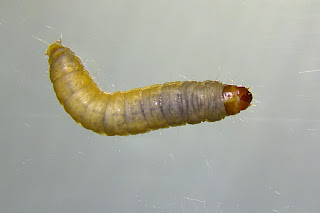Kissing bugs || Cotton pests!

Kissing bugs! You can find these pretty creatures across the campus these days. MATING SEASON GOING ON! An interesting fact is that these harmless looking bugs are a serious pest of the cotton crop, and can devastate the entire crop under heavy infestation. Farmer's enemy! But good for us, there are no cotton plantations around the campus, so these red cotton bugs can freely go around without causing any damage. And of course, it's always fun to just sit and watch them! Mating pair of red cotton bug


















